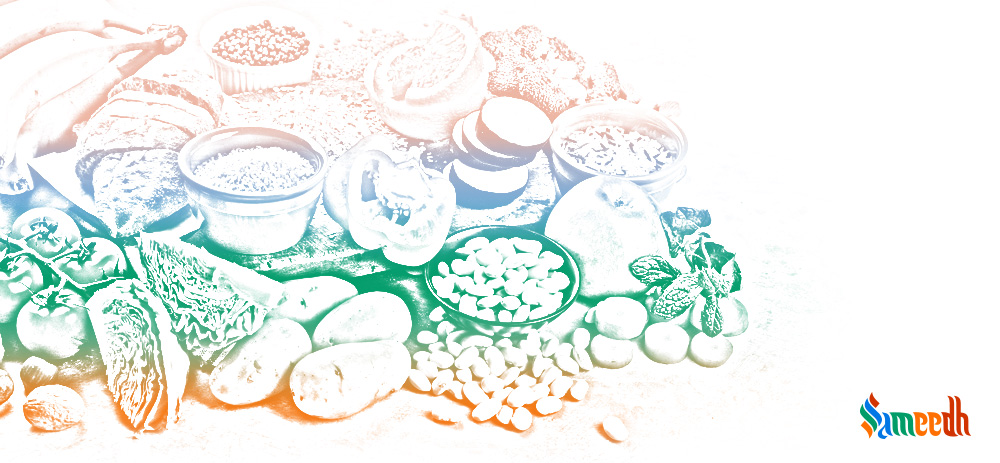Foods with Sattva Guna and its benefits according to Ayurveda

Sattvic foods contain one of the three Gunas, Sattva. Sattva equates to purity, harmony, balance, vitality, goodness and intelligence. Consumption of Sattvic foods promotes these qualities in people. It ensures an all round well being with a peaceful mind and healthy body, enabling one to focus better on spiritual practices.
What are Sattvic foods?
Sattvic foods primarily consist of natural, fresh and raw items. Some of these meals can be slightly cooked but not processed and are purely vegetarian diets. The conditions of a Sattvic meal are such that the contents of the diet should be balanced and provide adequate vitamins and minerals. It also focuses on the quality of the food. Any old food item or meal that was prepared earlier but is simply reheated before eating is not Sattvic. The surroundings in which a Sattvic meal is prepared should be hygienic. The person preparing the meal has to do so after bathing, with a pure heart and without any ill intent or harbouring negative thoughts as those energies can be transferred to the food.
Bhagvad Gita, the great Indian epic, mentions how consumption of Sattvic food clarifies the thought process, removes toxins from the body and helps build a stable personality too.
Ayurveda and Sattvic foods
Ayurveda is a medicinal system with its origins in India. According to it, Sattvic foods are the best suited for a body seeking good health and ample nourishment. These foods are believed to keep an individual calm and stress free which then encourages the fitness and growth of a wholesome body. As these foods are meant to be consumed by health conscious people, they also aid in weight loss. It maintains a well functioning digestive system by absorbing minerals and flushing out harmful elements, keeping chronic ailments at bay. This diet is packed with fibre, antioxidants and nutrients, keeping the body energetic at all times.
Ideally, these foods comprise most seasonal fruits, vegetables, whole grains, legumes, seeds, fresh juices, herbal teas, nuts, honey, oils, ghee – clarified butter, jaggery, herbs and spices.
It includes dairy too but only that which is free from cruelty to animals. These animals are to be fed properly, be given enough water to drink and brought up with love. Milk obtained from animals and burned butter are to be consumed fresh.
Fruits and vegetables include apple, mango, melons, grapes, lemon, pineapple, plums, peaches, lychee, cucumbers, okra, carrots, cauliflower. Onions, garlic, mushrooms and similar strong smelling foods or fungi should be avoided. Potatoes are considered Tamsic and shouldn’t be added as an ingredient.
Oils such as coconut, sesame, almond, flaxseed, mustard and olive are great. Almonds, cashew, pine, walnuts, pistachio etc are Sattvic. Whole grains involve wheat, rice, barley, oats, millets, quinoa. As bread is fermented and made from yeast, it cannot be eaten as a Sattvic food.
Sattvic foods should be cooked with love and an attitude of nurturing to pass on positive energy vibrations to the meal.
Fried, spicy, extremely sugary or salty and gaseous foods are to be totally avoided as they induce Rajas or Tamas in the body and can cause anxiety or lethargy. For slight sweetness or sourness, unrefined sugar and lemon can be used respectively.
